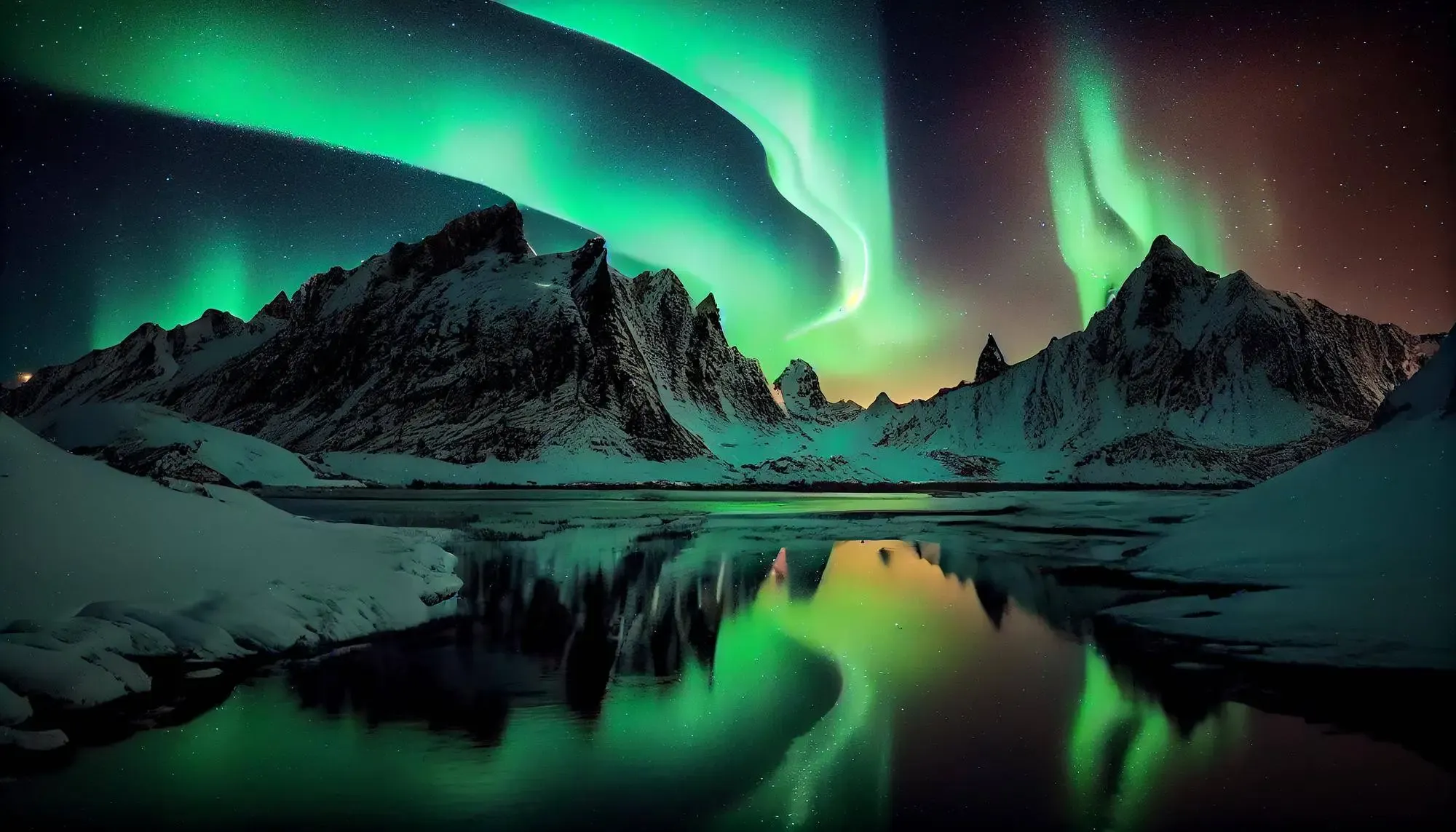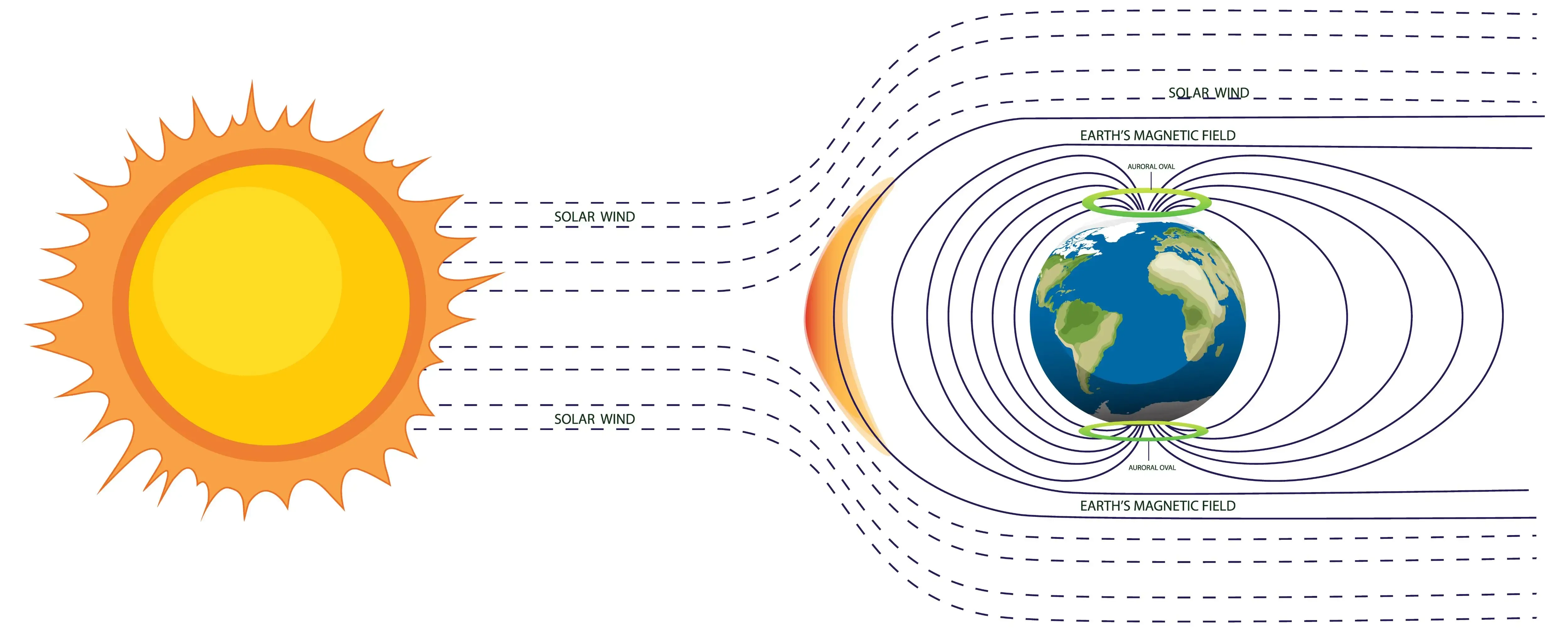Hey there, fellow sky gazers! Have you ever found yourself nestled near the United States/Canada border, or maybe even farther up north, when suddenly, you're greeted by a breathtaking sight? Picture this: an ethereal glow painting the night sky, resembling a scene straight out of a fantasy novel. What you're witnessing is none other than the enchanting spectacle of the aurora borealis, or simply put, the northern lights. In this article I will cover What is an Aurora and How auroras work. So lets deep dive.
The Dance of Lights: What Exactly are Auroras?
These mesmerizing light displays have captivated cultures throughout history, each interpreting them in their unique way. For the Vikings, auroras were thought to be reflections glimmering off the mythical Valkyries' armor, while native Eskimos saw them as messages from departed souls. Even American Indians believed they were distant campfires flickering in the northern expanse. And hey, let's not forget medieval times, when auroras were seen as harbingers of doom, signaling impending wars or plagues.
But what's the real scoop behind these celestial wonders? Well, modern science tells us that
auroras are essentially a cosmic dance between solar winds and Earth's magnetic field. These high-energy particles from the sun's solar winds mingle with our planet's magnetic forces, creating a symphony of light that graces our night skies.
Chasing Lights: Where and When to Catch the Show
Now, if you're eager to catch a glimpse of this otherworldly performance, timing and location are key. Head up north, my friends, as auroras love to make their grand appearances near the poles. Up there, they're fondly known as the aurora borealis, or the Northern Lights, paying homage to Aurora, the Roman goddess of dawn. And if you find yourself in the southern hemisphere, keep an eye out for the aurora australis, because who says the south can't have its own light show?
The best part? You don't need to be an astronomer to join the party. Plan your outing during late autumn or early spring, especially in October, February, or March, for prime aurora-viewing opportunities. Venture around the Arctic Circle in places like northern Norway or Alaska, and you might just be treated to nightly displays. As you journey southward, the frequency might dwindle, but hey, even near the US/Canada border, you can still catch them a few times a year. And if you're lucky, once or twice in a century, they might even make a cameo appearance as far south as the United States' southern regions, Mexico, or the equator.
Decoding the Aurora: What Causes the Auroras?
Now, let's dive into the nitty-gritty of auroras and unravel the science behind the magic. Picture this: auroras aren't just a one-trick pony; they come in various forms and colors, ranging from a gentle orange glow to vibrant curtains of green, red, or blue hues. Sometimes, they even mimic the fiery glow of distant fires, adding an extra layer of mystique to the night.
Ever wondered why auroras flaunt such a kaleidoscope of colors? Well, it all boils down to the altitude in the atmosphere where these celestial ballets unfold. Think of it like this: blue and violet hues reign supreme at lower altitudes, while green takes center stage at mid-levels. And when you ascend higher into the atmosphere, brace yourself for a dazzling display of reds. It's like nature's very own light show, with each color painting a unique story in the night sky.
Auroras: Nature's Light Show and Cosmic Communicator
But wait, there's more! Auroras aren't just eye candy; they're also cosmic messengers, bridging the gap between Earth and the sun. You see, their frequency correlates with solar activity, waxing and waning in tandem with the sun's 11-year cycle of energy. So, the next time you find yourself gazing at the dancing lights above, remember that you're witnessing a celestial symphony, choreographed by the sun's whims.
The Science Behind the Formation of Auroras
Now, let's geek out a bit and delve into the science behind these celestial masterpieces. Picture this: the sun, our mighty celestial neighbor, constantly churns out high-energy particles and radiation, collectively known as solar winds. During periods of heightened solar activity, these winds may unleash massive eruptions, like solar flares or coronal mass ejections, sending a cosmic cocktail hurtling towards Earth.
As these energetic particles collide with our planet's magnetic field, they set the stage for the mesmerizing dance of the auroras. Picture this: Earth's magnetic field acts as a cosmic shield, deflecting and guiding these particles towards the polar regions. Here, they interact with the atmosphere's oxygen and nitrogen ions, triggering a cascade of energy transfers that culminate in the radiant light show we know as the aurora borealis.
Wrapping Up: A Night to Remember
So, there you have it, folks: the mystical allure of the aurora borealis, a celestial spectacle that continues to captivate and inspire generations. Whether you're a seasoned stargazer or a curious onlooker, there's something
undeniably magical about witnessing nature's light show in the night sky. So, pack your bags, grab a thermos of hot cocoa, and embark on a journey to chase the dancing lights of the aurora borealis. Who knows? You might just witness a sight that leaves you spellbound for years to come.







